|
I am in a number of social media homeschool groups, and one question I see over and over from new homeschoolers is this: what is the best curriculum to use for my child? Here's the quick answer: there isn't any, and they all are. Here's the long answer: The best curriculum is one that you choose for your child, based on your child's developmental needs and abilities. With that being said, let's explore how to choose the best homeschool curriculum.
This post may contain affiliate links. As an Amazon affiliate, I earn a small commission from purchases made using these links. In addition, all curriculum suggestions are personally vetted by me and my daughter. Encourages Learning This may be a "duh" point but you want your curriculum to not be boring. If you get bored reading it (and I encourage you to read a couple pages, and skim through an entire book before purchasing any textbook), then your child will be bored--and you don't want that. You want the curriculum you choose to encourage your child to want to learn about the subject matter, whether that's math or history. Children have an innate curiosity about them, and the curriculum you choose should present insightful text, questions that make your child think, and the potential for additional projects, papers, or problems to solve. Any curriculum you choose for any subject should spur in your child a love for learning. The Charlotte Mason homeschool method utilizes the addition of living books, which are engaging books that bring the subject alive. Any time you supplement any curriculum you purchase using living books, you add a deeper level of understanding into the subject matter. SUGGESTIONS: I really like the history curriculum from Notgrass History, due to the amount of possible projects and other assignments. I also really like Rabbit Trails Homeschool's history curriculum, because it's literature based using living books (take 10% off with our coupon code H1C). Rabbit Trails' science curriculum is top-notch, as well. For Bible studies, I love Not Consumed's studies, which combine biblical truth with practical teachings (I also love their student planner!). Everyday Graces Homeschool has beautiful Charlotte Mason-inspired studies. Teachability Not only should the curriculum encourage a love of learning for your child, but it should also be fun to teach. When you learn as the teacher along with your child, you're more invested into the curriculum and in your homeschool. If the curriculum is too hard to teach, you're not going to enjoy it. I have used curriculum that had great information, decent workbooks, but were tedious to teach. On the other hand, I've used old-school textbooks that had the text in smaller chunks with questions to reinforce retention. If you use textbooks that have a large amount of text, I suggest you break it up into chunks for your child, and if the workbook doesn't have questions for retention for that section, make up your own questions. I've done this many times. Realistically, you are the teacher. so you can create questions, you can download worksheets, whatever you want to do. There are many resources that you can use to supplement your curriculum and help in teaching, such as the following:
SUGGESTIONS: Schoolhouse Teachers makes it easy to teach due to the scopes and sequences are laid out for each course. Many courses are taught via video, and others lay out the courses for you. Plus, if you join as a Silver member, you gain many benefits, such as the AppleCore program. This online program gives you the ability to track attendance, grades, report cards, and transcripts. I have also used old school textbooks that I purchased at a significant savings from Ebay.. Ownership Before the start of a new school year, before we buy curriculum, my husband and I always ask our daughter what she wants to learn in history and science. This ability to choose provides a sense of ownership and buy-in with your child. If your child wants to have a say in his or her education, by all means, let your child have that freedom, but within reason. Often, especially for science, all it takes for buy-in is to involve your child in science labs. A good source for labs (and homeschool curriculum) is Home Science Tools. For both science and history, field trips are often incredible ways to make the subjects come alive for your child. Allow your student have some say in field trips, but always follow up with the field trips by asking what your child learned or have them complete this field trip report. Developmental Needs and Abilities In choosing your homeschool curriculum, one thing you must do is take into account your child's developmental needs and abilities. You can use the math placement tests from Teaching Textbooks to discover what exact level your child is on, and adjust accordingly. Sonlight also has placement tests, not only for math but for reading and language arts, as well. If your child has special needs, you will want to teach him or her based on their developmental level -- not based on age or technical grade. You can teach subjects on different levels, for example, if your child is 12 years old and technically in the seventh grade, but because of her ADHD or his autism is developmentally in the fourth grade in language arts and tenth grade in math, teach the child on the developmental level. If your child is in the ninth grade by his age but developmentally in the third grade, teach him in the third grade. In this case, I would also strongly consider adding life skills to his curriculum and not force the academics too much. Meet his needs where they're at, but don't frustrate him--or yourself. Catalogs While you're on Sonlight's website, go ahead and order their catalog. Do an Internet search for "homeschool curriculum provider" and order all the catalogs you can. Using these, you can get an idea of scope and sequence, what they offer, what you can offer in your homeschool, and what electives exist. Apologia has free homeschool resources on their resources page, such as a homeschool curriculum planning guide, podcasts, and videos to help you in the homeschooling journey. Homeschooling is a very individual thing, and you can't have a one-size fits all approach to it. What works for my homeschool (and therefore is my "best" homeschool curriculum) may not be a good fit for your homeschool, and therefore would not be your "best homeschool curriculum." The best thing to do is to examine first why you're homeschooling, what your goals are as a homeschool and for each individual child, and choose curriculum based on your family's lifestyle and goals. For my family, we travel a good bit for my husband's wheelchair basketball team (you can see why he's in a wheelchair in this book) so we do a good bit of roadschooling, or homeschool on the road, so an online curriculum wouldn't work for us.. You may have a very strict homeschool budget, and need to find online resources that would be easy to teach, encompass all the subjects, yet be affordable (you can totally do that, too!) and can't buy a total big-box curriculum. There's nothing wrong with buying workbooks that you find at discount stores or at teacher supply shops and using those. Be sure to read my blog post on homeschooling on a budget! No matter the homeschool curriculum you choose, remember than you are homeschooling-- the emphasis should be on the relationships you have with your children and building them up while learning. Learning doesn't just happen with books; it happens while you're cooking or cleaning the house, while your husband engages with your child and teaches her how to change the oil in the car, or how to make doctor appointments. It's about doing life together. All my best, Terrie (C) 2022 Terrie Bentley McKee ALL RIGHTS RESERVED
1 Comment
There are a myriad of different reasons why people choose to homeschool their children: there is the economic benefit of avoiding high private school fees; there is the convenience of scheduling schooling around other family activities; if a child has special needs that aren't being met in public school; or you don't agree with public schools' curriculum choices.
One of the most important benefits of homeschooling is the flexibility with which you can tailor your child’s education. It is a well known fact that every individual has individual needs, and homeschooling allows you to create a learning environment that suits your child particularly. When you involve your child in that process, you create buy-in and ownership of your homeschool within your child. When you undergo homeschooling, it is important that you have a clear curriculum, mindset, and a plan to execute it. But within that plan, you should understand that you have a tremendous amount of flexibility: there are many different ways that a child can learn something, and many different things to learn in a given subject. One of the best ways that you can ensure a high level of learning retention is to encourage your child to take a personal interest in his or her education. Although this may seem obvious, many people growing up who went though a traditional school system will probably agree that their education was received in an authoritative way: schooling and your education was something that was done to you, not with you. When homeschooling, however, you can take advantage of the almost unlimited flexibility at your disposal and let your child take a more active role. While you can’t, obviously, let your child do whatever he or she wants education-wise, you should always explain to him or her a given education plan, and see what he thinks. Each year in the spring, my husband and I ask our daughter what she would like to learn about in history and science the next school year. While she doesn't have the flexibility to choose what she learns in math or language arts, she enjoys choosing what she learns in history and science, and therefore has more buy-in. For example, when you start your school day, outline the plan for the day with your child. Depending on his or her age you can also explain the reasoning behind the plan. If there are any things the child seems averse to doing, try and take them seriously. You should not, of course, avoid certain subjects or activities simply because your child doesn’t like them. You should, however, ask your child why he or she doesn’t like something in the day’s plan, and to suggest alternatives. In many cases you will be pleasantly surprised by what your child comes up with, and be able to incorporate it into the day’s work. As much as possible, you should have a list of alternatives in mind for assigned activities. The idea is to try and think of alternative activities that accomplish the same task. If your child protests against a certain exercise, then, you can offer them an alternative. This can be extremely effective in getting your children to learn material that they dislike. Oftentimes the child simply has to feel that he or she is more in control of the situation to enjoy it. Even though you are ultimately controlling your child’s education, by granting them small allowances and choices, while still sticking with the larger picture, everybody wins: your child feels he is doing what he wants to do, and you are still teaching your child what you want him to learn. Buying homeschool curriculum can get expensive in a hurry. There are ways that you can purchase curriculum on a budget, however. Here are some tips and resources to show you how.
Affiliate links are used on this site. As an Amazon Associate, and affiliate of other companies as well, I earn from qualifying purchases. Read more in our disclosure. Deciding what our child needs in curriculum is the first step. Accessing scope and sequences of grades and curriculum can be done through curriculum company websites or their catalogs. Many companies, like Teaching Textbooks, offers free math placement tests so you can determine exactly what is your child's level. Apologia offers this free curriculum planning guide. The second step is determining a per-child curriculum budget. Don't be afraid to splurge on hardback, reusable books if they will be used by younger siblings. If you decide to use spiral curriculum or workbooks that are generally written in, either copy the pages or have the student write out the problems on notebook paper, leaving the workbooks free from marks. This way, younger siblings can use them (or you can sell them at either curriculum fairs or consignment shops). Curriculum Fairs / consignment shops This is where a simple search on the Internet with your town or city name comes in very handy. Search your town, with adding "homeschool curriculum fairs" or "homeschool curriculum consignment shops" in the search bar. You can gain some really good curriculum at fairs and consignment stores, but make sure you look through the books. I once paid for a science workbook that looked good for the first few pages, but then as my daughter worked through the workbook, the name "Ryland" was on every single page, and crossword puzzles were already completed. Buyer beware: just look through every page in workbooks , especially. Thrift stores You may need to go often, but you can find some bargains in thrift stores' book sections, especially if you're willing to keep an eye out for curriculum to be used later. I once found a high school economics books at a thrift store and snatched it up. Sure, my daughter's going into the seventh grade, but it's certainly something she can study as a senior in high school, and it was less than $2! Thrift stores are also good places to buy literature or living books. If you happen to find a set of encyclopedias, buy them; even though we have the Internet at our fingertips, there's something to be said about reading and using an encyclopedia for resources. Bargain stores You know the type: they're not exactly big-box stores, and they have seconds of products most of the time, but if they have a good book section, you can find some great workbooks, literature, and sometimes curriculum there. Homeschool supplies like crayons, paper, scissors, are often good deals, too. EBay We often think of Ebay as being a source for when we need a weird part for something (I'm currently in the market for a missing lid to my husband's favorite rice cooking pot). However, I have purchased many older school books for my daughter. As a homeschooler who refuses to teach Common Core, math textbooks from the early 2000s are perfect. Instead of a hundred dollars, last year I spent a little over $5 for Laura's math textbook. Be sure, in the Ebay search bar, you specify what you're searching for, such as "grade 6 math textbooks," or "grade 4 spelling textbooks." Use the link in bold above to access Ebay's math books, and you can search for other things, too. Curriculum Providers Since the summer is curriculum buying-time, you can often find some good deals on curriculum and/or shipping. Apologia is offering free shipping on orders over $150 right now. Notgrass History offers first-rate history textbooks for all grade levels plus a great deal of general homeschooling resources. One curriculum creator, Rabbit Trails Homeschool, is launching new curriculum on July 1. She is having a party inside of her Facebook group, Relaxed Homeschoolers, The Rabbit Trails Way. During this party, she will be sharing all of the new releases, there will be giveaways, sharing new freebies, and there will even have an exciting flash sale opportunity. Don't miss this -- make sure you join the group today so you won't miss it. In my own store, you can buy my newest study, Gospel Grammar, at 22% off with the coupon code Summer22 (along with everything else in my store, as the sale is storewide). Gospel Grammar is a Bible study about grammar, and a grammar study about the Bible. You can find curriculum creators on Facebook (just do a search for one you're looking for) to access deals they have going on. Amazon Amazon is not who we usually think of when it comes to homeschool curriculum, but they have a ton of curriculum available, in addition to supplies, computers, printers, and laminators.. Right now they have a lot of brand-name curriculum on sale for upwards of 20% off. Be sure to access this direct link for homeschool curriculum. Budgeting Once you have a list of subjects you want to do with your child, make a list of curriculum providers. Some providers provide all-in-one curriculum packages that include everything. A lot of that depends on your child. If your child is at grade 4 in math but grade 6 on everything else, ask the curriculum provider if you can switch out grade 6 math for grade 4, for example. Or, you can tailor-make an eclectic curriculum for your child using many different sources. Once you have a list of curriculum and/or subjects, you can use this handy homeschool curriculum budgeting tool to help you keep track of costs. Don't forget to count music lessons, sports, and other extracurricular activities in that, as they also can count for homeschool (handy info to have for attendance records!). Websites I have a number of free or low-cost websites I use a great deal in homeschooling my daughter. These websites either supplement her curriculum by way of worksheets or online games, or I use them as curriculum. I pay to use Education.com so I can utilize their word search and crossword generators for spelling. This website's annual plan is under $10 a month; paid monthly, it's $15.99 a month. I don't know about you, but $119.88 is a lot better than $191.88. I use this website every single day--and Laura loves the educational games that I can assign to her to complete. Disclosure: I am not an affiliate of Education.com. Another website I use often, that I am also not an affiliate of, is Teacherspayteachers.com. You can search for free worksheets, and have a wealth of worksheets at your disposal, or you can pay per download for more expensive worksheets, lessons, projects, and other resources. One website of which I am proud to say I am an affiliate, is SchoolhouseTeachers.com. Right now, through June 22, they are having a membership sale of less than $16 a month. Members receive a great deal of benefits, including a printed magazine, free access to hundreds of full courses and unit studies, record keeping resources, lesson plans, scope and sequence information, and a full curriculum for every grade. My daughter wants to do unit studies for science when we start back up September 1, and we're going to do that using SchoolhouseTeachers.com's incredible science unit studies. Plus, all members become automatic affiliates, so if you really like it, and share your affiliate link with your homeschooling friends and on social media, you can make some money, too. Homeschooling can be an expensive endeavor--but it doesn't have to be. With a little creativity, asking the right questions, and looking for deals, you can find curriculum to teach your child without spending a ton of money. Don't forget to search for "homeschooling" on Facebook Marketplace--you will be amazed at the deals you can find there. Happy Homeschooling! ~ Terrie (C) 2022 Terrie Bentley McKee ALL RIGHTS RESERVED
Homeschooling your kids and taking control of their education is such a wonderful and rewarding feeling. It can also feel very overwhelming! There is a lot that comes with homeschooling from the curriculum, educational resources, and supplies that can make it difficult to keep everything together and organized. Not to worry though, here you will find some homeschool organization tips to help you.
Color Coding Color coding can be done in a couple of different ways. If you are homeschooling more than one child, assigning each child a color can help you to know whose work you are looking at, and who forgot to put away their supplies. If you are only homeschooling one child you can color code by subject. Having your homeschool supplies color-coded can make finding what you need when you need it easier for you and your student. These color-coded labels can help you do that. Clipboards Clipboards are inexpensive, versatile, and they can be invaluable tools when it comes to organizing your homeschool. You can put your daily or weekly schedules on them and they can also be used as portable workstations for when you or your student don’t feel like being stuck at a table or desk. Digital Organization Chances are that some of your homeschool curriculum and resources are digital so you will need a way to organize all of those resources too. Start by creating a folder for each subject on your computer, those folders can be further subdivided into topic and grade level so that you find exactly what you need when you want it. Portfolio You will want to keep a portfolio of each of your homeschool children’s work through the school year, but where are you supposed to keep it all? Grades and unit tests can be stored as computer files if you prefer, or you can print end-of-the-semester grades and put them in a binder for each child. Add this Annual Record Portfolio, and you'll have all your child's grades at your fingertips. What about all of their completed projects you ask? You probably don’t have room to store them all, particularly if you have more than one student. You can, however, document their completed projects with pictures that you print and add to their portfolio, or simply keep them as a digital archive. Library Box If you are a homeschooling family, and you aren’t using your local library you really should be. There are so many amazing resources that you can check out and use as part of your curriculum, or just for fun, and it’s all for free! The trick is to make sure that the borrowed library items make it back to the library and don’t get lost in the books and resources that you already have at home. That’s where the library box comes in, all you need is a milk crate or storage box where all of the borrowed materials can stay when they are not in use to make sure they are returned. Hot tip: I use this collapsible trunk organizer for a library box. It keeps the books in one place in the house, and it's easy to transport in my van back to the library. It folds down so we can take it in the library to re-stock. Plus, when it's not holding books, it's great for groceries. Bookshelves Bookshelves can be used to hold more than just your textbooks and workbooks, and they are relatively inexpensive. Adding a bookshelf to your living room or homeschool room is an easy way to help keep your homeschool organized. Purchase totes, baskets, or canvas storage bins that will fit comfortably on your bookshelf. Make sure that each tote, basket, or bin is clearly labeled so that you know what belongs inside of it. If you have younger students who are just learning to read pictures on the outside of the boxes can be very helpful. A Place For Everything You know the old saying “A place for everything and everything in its place," well, this is true for organizing your homeschool as well. Have a designated spot for your textbooks, workbooks, paper, art supplies, learning manipulatives, and anything else that you might be using as part of your curriculum. Having a designated spot for each item makes it easier for you and your student to put things back when they are done, and that makes it easier to find them the next time they are needed. If you find that you have more things than you do space it might be time to purge some of your materials or put them in storage until you need them. Shoe Organizers Over the door, shoe organizers can be used to store so much more than just your shoes, and it is a convenient way to keep some of your smaller items together. The organizers with clear pockets are great because you can see what’s in them quickly. These pockets are a great place to store index cards, markers, crayons, glue, painting supplies, pencils, and flashcards. You can also use them to hold your office supplies and any cleaning supplies, like disinfectant wipes, that you may use in your homeschool room. Having your homeschool materials organized means that you can focus on the important parts like teaching and learning what works best for your learner. Everyone’s homeschool organization will look different based on the number and age of students they have, and the space that they have in their home. Do you have any amazing homeschool organization tips that you would like to share? Comment those ideas below!
Oh the humanity! When you've made all these plans and you're expecting a joyous, Pinterest-perfect homeschool day...then your sour child comes to the table with an attitude and half...then a crayon breaks and it's the Third World War.
We've all had those days. I've been known to threaten to send my daughter to public school on a number of occasions. Over the years, though, I've found a few things that work to either prevent or turn around difficult homeschool days. Structure Some children thrive on a loose schedule; they enjoy the freedom this allows and the ability to study what they want, when they want. Other children require structure: a set lineup of the same subjects that doesn't change. If you confuse these two, often, a child will protest [loudly] -- a younger child won't know why he is arguing, and an older one will just refuse to work. Figure out what your child needs and do that -- even if it's antithetical to what you'd want. Participation Grades Last year, my daughter had many, many bad days and honestly, homeschooling was a chore for both of us. She lacked incentive for doing much of anything. This year, though, I started the schoolyear out by telling her she was going to have "participation grades" every day. If she did her work like it was asked of her, without complaining or whining, she would get a 100 for the day. If she whined, complained, argued, or simply refused to work, her daily participation grade would reflect that. Granted, she's in middle school and can handle this, but still, I'm hopeful it will make a difference. Take Breaks Plowing through subject after subject can hurt retention and cause a kid's eyes to glaze over. Have the child take a good 15-minute break at the end of every three subjects, or a five-minute break after each subject. You'll find that if a child has some down time, retention and attention improve. Today, between spelling and math, my daughter and I went out and shot some hoops at the basketball goal. There's nothing wrong with taking a recess break every now and then. Sometimes, you have seasons in which everything goes wrong. Last year, my mother was diagnosed with cancer in mid-September and died October 1. After that was the memorial service, emptying her apartment, dealing with legal matters...and I had no energy whatsoever for homeschool, or writing, or anything. So we took an extended break. I told Laura, who was dealing with her own grief, to just read if she felt like it. By the time mid-November came, we hopped back on the homeschool horse and starting riding again. We picked back up where we left off and just dealt with it. And you know what? It was okay. We could not handle another thing, and that's the beauty of homeschool. Laura learned more about dealing with the stages of grief and life than anything...and that will carry her in real life more than diagramming sentences ever could. Change Curriculum Sure, you've invested a lot of money in curriculum. But if the child is struggling with it, or the structure of it, your investment has already tanked. Go ahead, get a different curriculum, or use a variety of curricula for subjects. There's no one saying you have to use the same publisher for all your subjects. I used a grammar curriculum once and my child hated it--and so did I. So we bought a simple workbook from a teacher's supply store and used that, and it was fine. But the attitude she had had while doing the original curriculum was horrible--and a good indicator something was wrong. Run Around the House On days in which my daughter is Little Miss Cranky Pants, I tell her to go run around our house five times. Usually, by the third time around, her attitude has changed and she's tired of running around the house. Now, I realize that not everyone can do this, but certainly you can have a child sit in the corner staring at the wall, or something to clear heads. When in doubt, chores are a perfect way to clear heads. If bad attitudes continue, stop academics for three days and have everyone do chores and projects around the house until attitudes change. Count them as life skills. Homeschooling is difficult enough without attitudes, but we as parents can do things to minimize difficult homeschool days. In Christ, Terrie (C) 2021 Terrie McKee ALL RIGHTS RESERVED A new homeschool year is about to start: new crayons, new markers, new curriculum. It's an exciting time! To make the Back-to-Homeschool transition as smooth as possible, here are my top 10 tips for back-to-homeschool. This post may contain affiliate links, which provide a small stipend to me and my family, at no cost to you, when you purchase using the links below. We thank you for your continued support. Tip 1: Develop a mission statement Yes, this one seems like it can be a bit dry. Sure, mission statements are usually associated with corporations or businesses, but they can serve a purpose within your homeschool. A good mission statement can remind you of why you homeschool and center all your homeschool activities and academics on one goal. For our homeschool, we've taken Deuteronomy 6:5 and reworded it to our mission statement: The mission of Agape Farms Christian School is to teach our child to love the Lord our God, using all our heart, all our soul, and all our strength, for the Glory of Jesus Christ, the Son of the Living God. Our homeschool is therefore focused on increasing our daughter's faith through her heart, mind, and body, all for the glory of Jesus Christ. This is the litmus test for everything we do in our homeschool. Use whatever mission statement you want to, just make sure the activities and academics in your homeschool dovetails what your mission statement declares about your school.
Tip 2: Create ID Badges Many businesses offer discounts to teachers, even homeschool teachers, with an identification badge that has your photo, the name of your homeschool, and your homeschool ID number (usually you get this when you register as a homeschool with your state). Other times, it's just really nice and official to have a homeschool badge, like on field trips. To obtain a homeschool ID badge, you can order one through Homeschooling One Child's store here. Tip 3: Make the First Day Special Whether you homeschool part of the year or all year long, you can start off the year right by making the first day special. Usually, Laura and I go to a local doughnut shop and eat yummy, not-on-the-diet confectionary treats while doing our devotional together, praying over the homeschool year, and doing one subject in the doughnut shop (usually spelling). We then go home and get cracking on all the other subjects. This year, Laura will be using the Student Record Planner from Not Consumed to keep track of her lessons, her grades, and as an academic journal. We are positive this will help her with some executive functioning issues we've noticed she has, and allow her to track in a grid format her grades. This will be in essence her academic bible, to go everywhere she goes: co-op, the library, everywhere. The first day will be spent going through the Student Record Planner, completing some housekeeping tasks associated with it, and making it her own. This is also when I will introduce to her a new concept for this year: daily participation grades. With tween hormones comes tween drama, and whining about doing all the subjects starts early. I've decided I'm nipping that in the bud with giving her a daily grade on how she performs, without whining, every day. Tip 4: Add Subjects in Gradually This tip comes to us from Julie R., a homeschool mom from Maine, on Homeschooling One Child's Facebook page. She wrote, "...start off slow--gradually adding in school subjects over the course of a few weeks." For example, our homeschool year starts September 1, which this year falls on a Wednesday. we'll do Bible, spelling, math, and reading September 1-3, then Monday September 6 we'll do all that, plus incorporate history and science. The next week, our co-op starts up, and the week after that, I'll add in grammar (which this year is diagramming sentences). We don't throw every single subject at Laura the first few days, even if the first day of homeschool (usually September 1) falls on a Monday. She needs time to get acclimated to all of it, especially since our expectations just increased. Tip 5: Think outside of the box for breakfast devotionals In our homeschool, we'll have breakfast while watching a video that is an online Bible study. I access RightNowMedia.com through my church's membership, which they allowed teachers to use. In addition to teaching with it, I use it for Laura's homeschool Bible study as they have a great deal of studies for children and tweens. Ask your church's leadership to get a subscription to Right Now Media and make it accessible for homeschooling families in your congregation. Of course, nothing beats studying the Bible itself and by no means should any book or videoed study take the place of reading Scriptures. Make sure you take time before homeschool, during the day, and at night to read to your children the Holy Word of God -- no matter what age they are. And incorporate prayer in your day as well. Tip 6: Crafts Make Studies Come Alive For history and science especially, nothing makes lessons stick better than crafts. When Laura was younger and studying about different formations in the earth, she used clay and paint to make a diorama of a mountain, stream, ocean, plains, valleys....and after she painted it, she had to label everything. She worked so hard on that, looking at pictures in books, and replicating what she saw, that she learned it. To this day she can tell you what the different earth formations are. This year, she will be studying Apologia's Human Anatomy and Physiology, and I cannot wait to work with her on using clay to make a skeleton laying on a board (as opposed to standing up), and have her label all the bones. We're also going to our local butcher shop and buy pig's feet (the animal that most closest approximates human skin and tissue) to dissect then suture closed. These crafts and activities incorporate all the senses and makes the lessons come alive for the child. What crafts or activities can you do to make your child's lessons come alive? Tip 7: Don't Replicate Public School In our homeschool, we don't do "school at home," or call it "school." "Homeschool" incorporates so much more than that. Unless your child just does so much better early in the morning, you don't have to get up at the crack of dawn to start school. You can ease into your day. Homeschool is so much more than a 8:30 a.m. - 2:30 p.m. regimen in which you're making your child miserable, and you too, by copying public schools. Dr. Mary Hood first coined the phrase "relaxed homeschooling." Author of five books about homeschooling, including The Relaxed Homeschool: A Family Production, The Joyful Homeschooler, and The Enthusiastic Homeschooler, she said this phenomenal quote: "Relaxed homeschooling is a mindset that embraces these four tenets: you are a family, not a school; you are a dad and the head of a household, not a principal; you are a mom, not a teacher; and you have individual relationships with your children, not a classroom. Learning experiences are guided by parental goals and the goals, interests, and personalities of the children.” You and your children get to decide what your homeschool will be like. No one else. There's a lot of freedom -- and responsibility -- in that. But oh, it's so worth it. Tip 8: Incorporate Chores When we homeschool, our houses tend to get messy. You have crafts going on in the living room, books strewn about the dining table, the kitchen is playing host to a chemistry convention, and the cat just chucked up a hairball that will soon be on slide for the microscope. There's no better way to teach Life Skills than to use them in life. If a child can operate a tablet, or a laptop, or a smart phone -- he or she can most definitely operate a washing machine, dryer, vacuum, dishwasher, and hand-wash dishes. Chores should most definitely be a part of any homeschool -- in addition to helping keep the house clean, they're learning for when they move out. When you're doing the bills for the family, show the kids the income and watch it go. Show them what it takes to pay bills. One game we have is "Act Your Wage!" Boardgame by Dave Ramsey. This game is a fun way for anyone over 10 years old to learn the principles of saving and spending -- and it's a great addition to any homeschool. Tip 9: Take Breaks Incorporate breaks into the school day and year. If you want to take a month off in December to celebrate Christmas and travel or spend time with family, you most certainly can do that. There is no one making the academic calendar for you other than yourself. It's really important, though, during the homeschool day, to take breaks. There's only so much of pouring in of information one can take before it's overwhelming. What we do, for an example, is BIble, spelling, and math -- then a thirty-minute break. Laura comes back, does grammar, then it's time for lunch. History and science are next, then a break. Reading afterwards and she's done. There's no raising of hands in our homeschool as we homeschool one child (that's why the blog is named the way it is), so if at any time she needs a bathroom break or a drink of water, she can get it, no questions asked -- as long as she comes back to the table promptly. There are times when Little Miss has a bad attitude. At that time, I tell her she needs to take a break and run around the house three times. It's amazing what that does or bad attitudes or getting the Focus Button to engage. Tip 10: Relax This is probably the most important tip. Relax. Enjoy the time you have with your child. Teach them but have fun, too. Go on hikes. Talk. Play. If your child asks a question, answer it, but also ask what he or she thinks. Relax and just enjoy this time, because it goes by oh so fast. Do you have any tips? Leave them down below in a comment! Don't miss anything -- subscribe to our email newsletter today! In Christ, Terrie (C) Terrie McKee ALL RIGHTS RESERVED |
AuthorTerrie Bentley McKee is an author and speaker who homeschools her youngest daughter. Married to her husband Greg, they have four children, all of whom have special needs of varying degrees. Terrie is a follower of Jesus Christ and tries to glorify God in all she does. To read more about her testimony, click here. Affiliate LinksHomeschooling One Child is a participant in the Amazon Services LLC Associates Program, an affiliate advertising program designed to provide a means for sites to earn advertising fees by advertising and linking to amazon.com. Check out our YouTube channel!Check out our podcast!Please pin!Archives
January 2024
Categories
All
|
- Home
- Blog
- Podcast
-
Resources
- Teach What is Good Devotional
-
Convention Resources
>
- Homeschooling a Teen with Autism
- Tips on Creating a Disability-Inclusive Church
- How to Teach Your Exceptional Child about Faith
- Homeschooling Preschoolers with Autism
- How to Pick Developmentally Appropriate Curriculum for your Autistic Child
- Overwhelmed
- Homeschooling One Child
- Life Skills Chickens
- Strategies on Homeschooling Kids with Special Needs
- About Us >
- Vlog
- Homeschooling News
- Printables
- Special Needs
- Curriculum
- Encouragement
- Home Management >
- History
- Science
- 25 Days of Advent
- Courses
- Store
(C) 2023 Terrie Bentley McKee ALL RIGHTS RESERVED
- Home
- Blog
- Podcast
-
Resources
- Teach What is Good Devotional
-
Convention Resources
>
- Homeschooling a Teen with Autism
- Tips on Creating a Disability-Inclusive Church
- How to Teach Your Exceptional Child about Faith
- Homeschooling Preschoolers with Autism
- How to Pick Developmentally Appropriate Curriculum for your Autistic Child
- Overwhelmed
- Homeschooling One Child
- Life Skills Chickens
- Strategies on Homeschooling Kids with Special Needs
- About Us >
- Vlog
- Homeschooling News
- Printables
- Special Needs
- Curriculum
- Encouragement
- Home Management >
- History
- Science
- 25 Days of Advent
- Courses
- Store
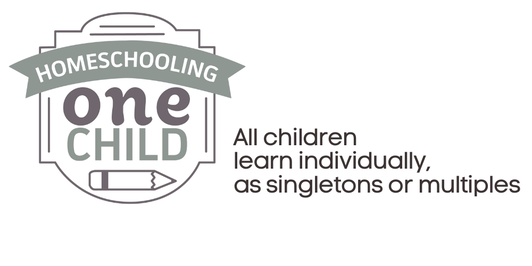


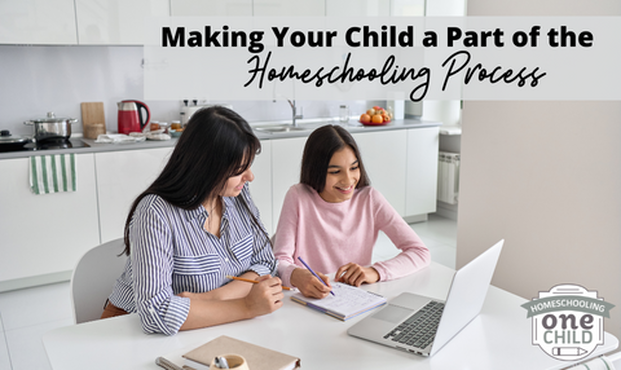


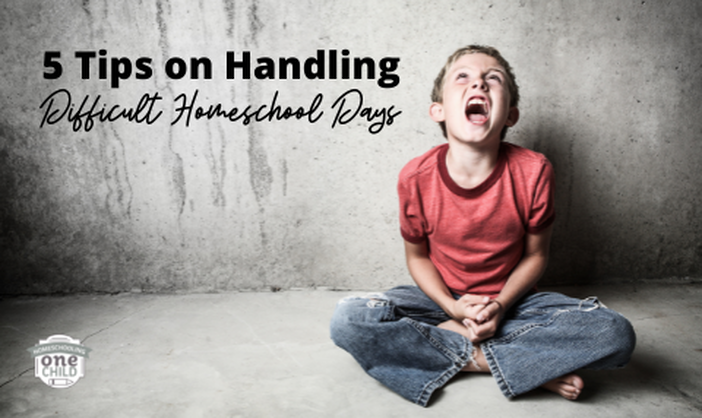


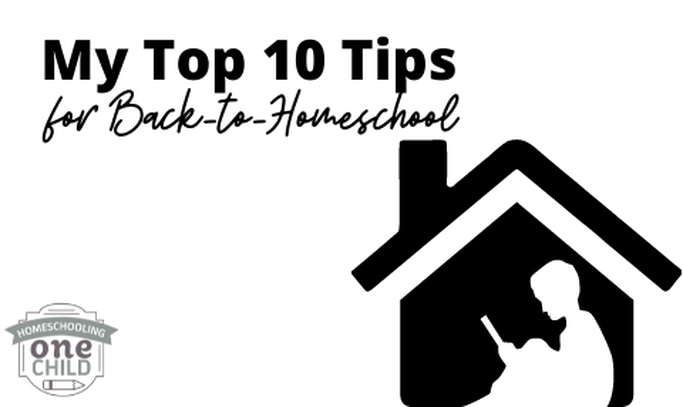
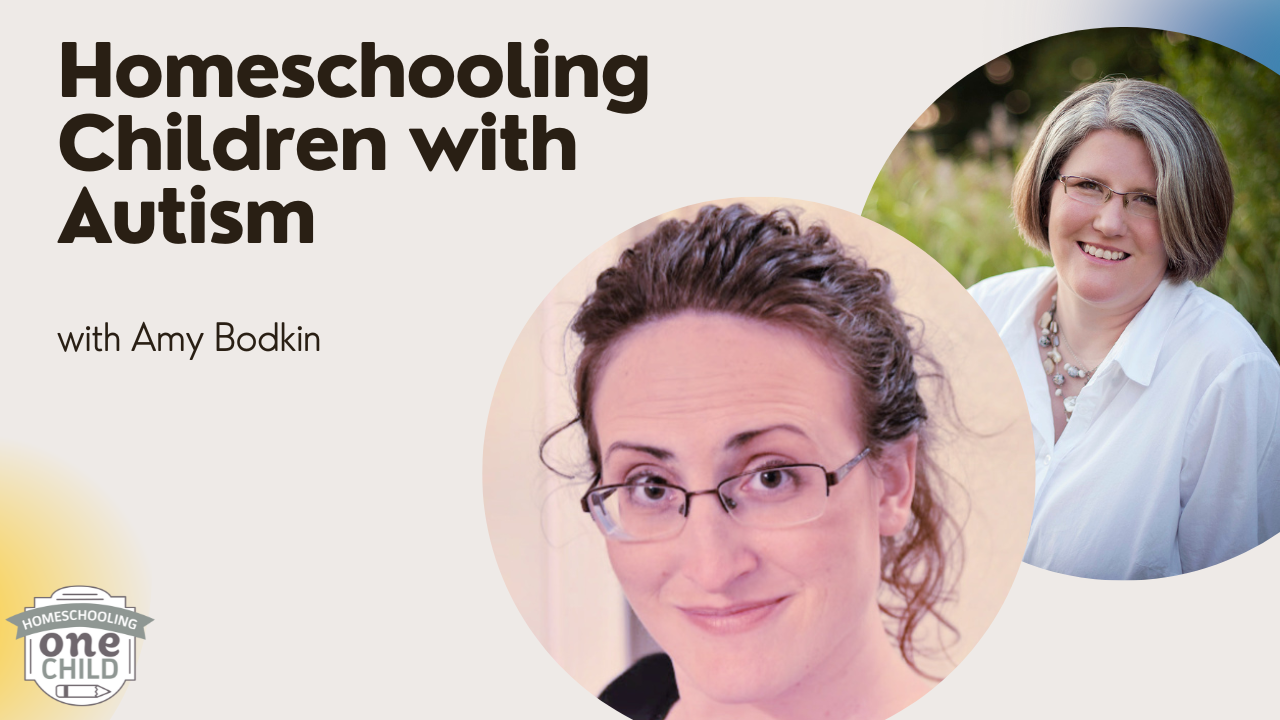
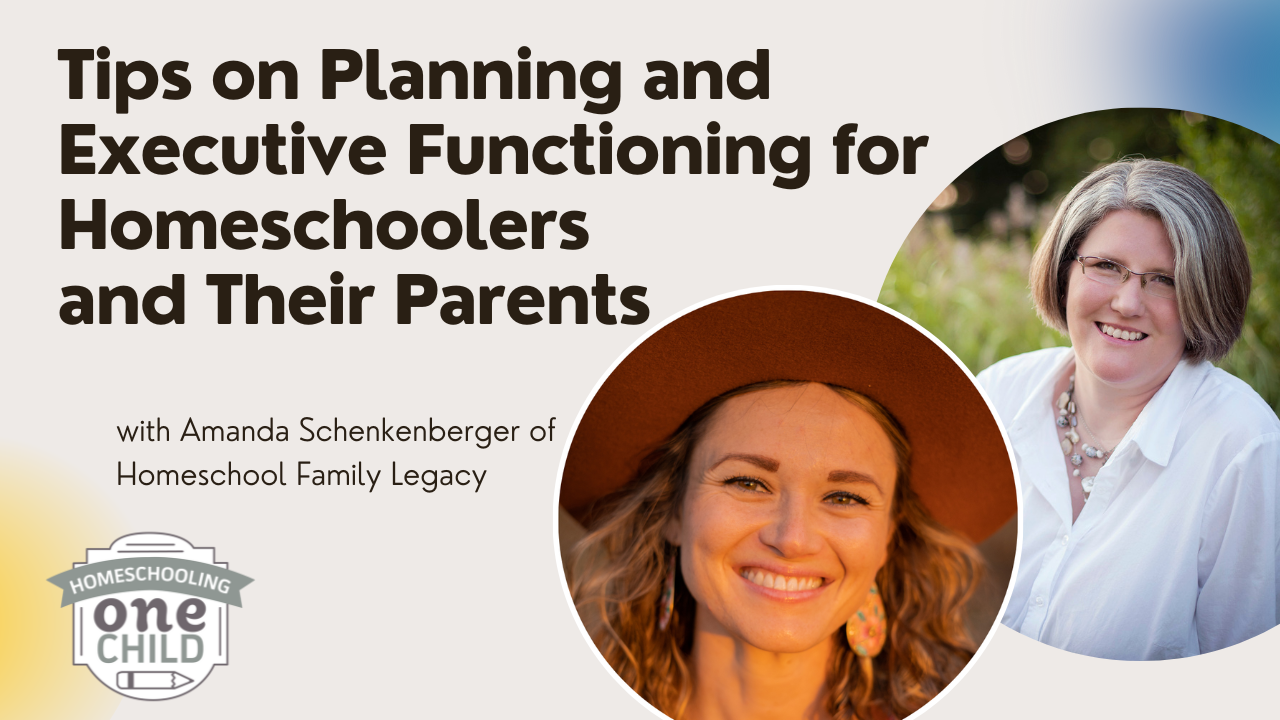
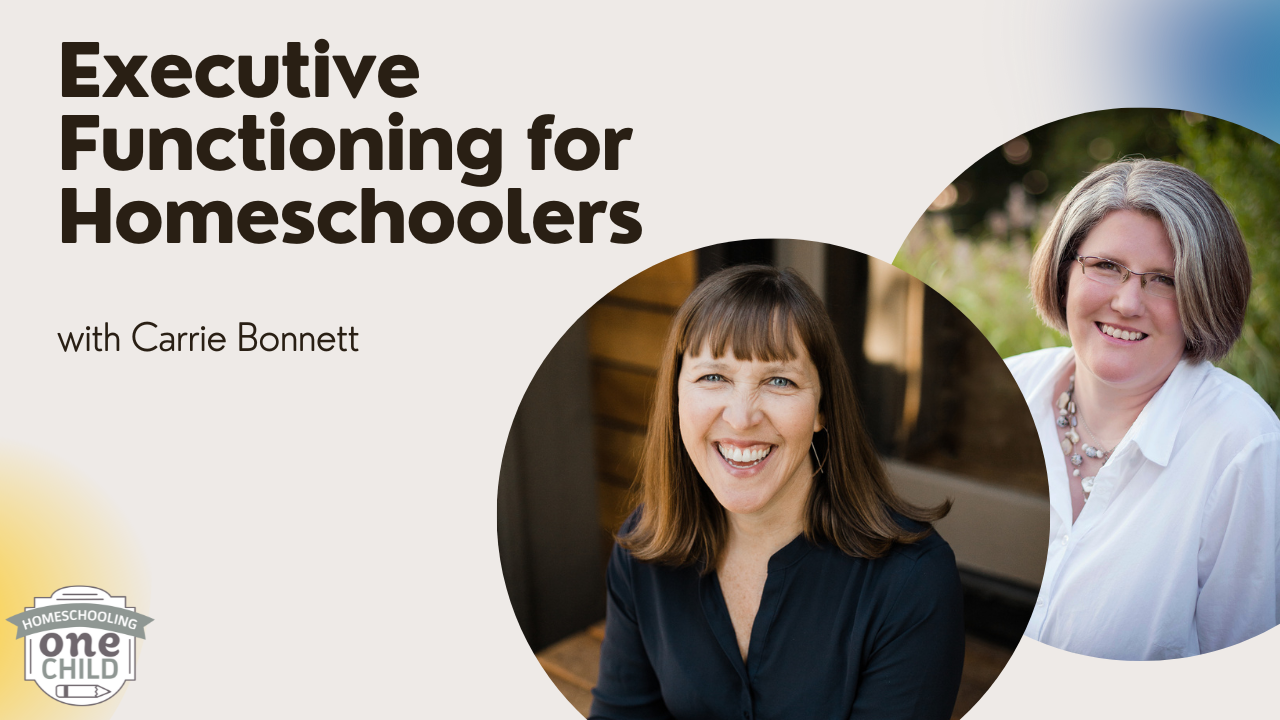
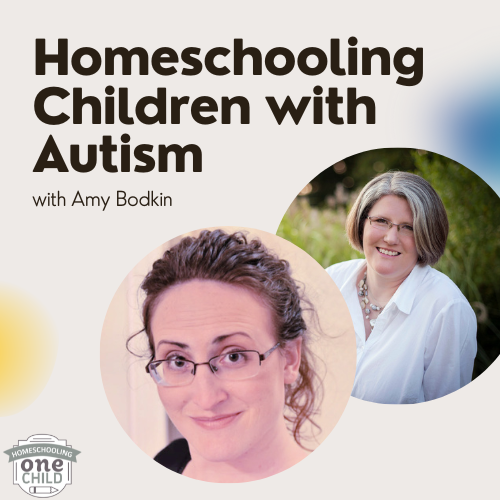
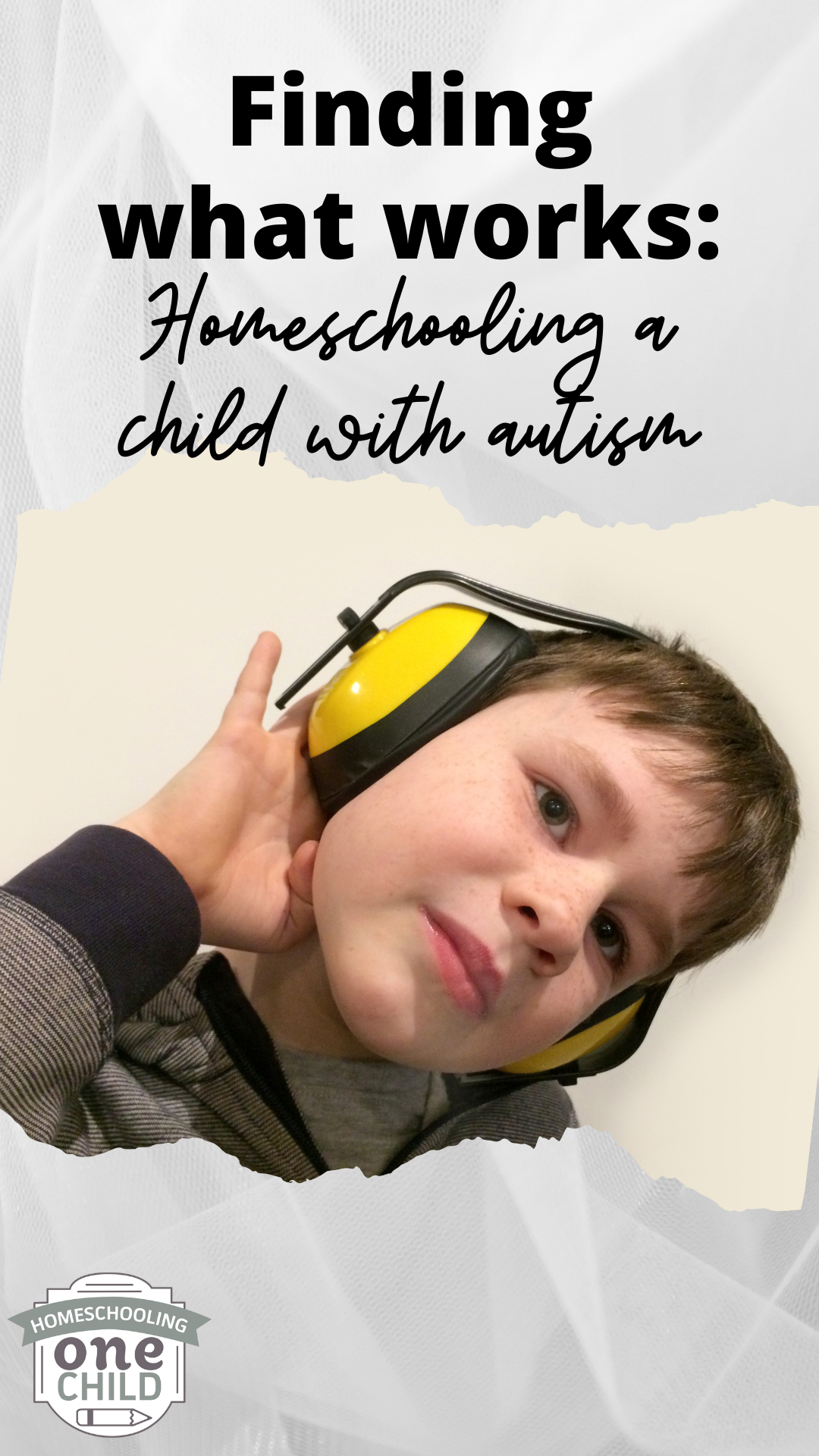
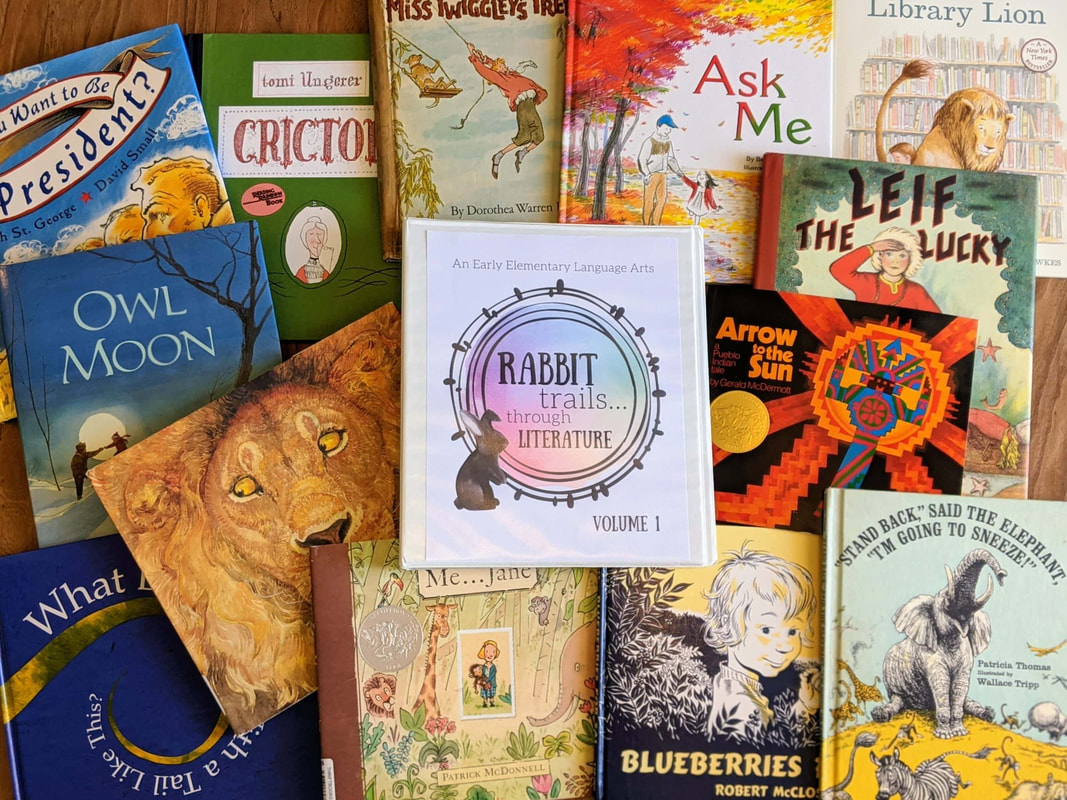
 RSS Feed
RSS Feed
